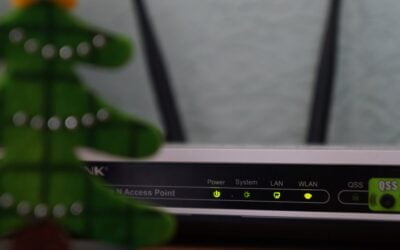Address Resolution Protocol or ARP is a protocol that is used to determine a device’s MAC(Media Access Control) address also known as hardware address from its IP address. When one device needs to interact with another on a Local Area Network or Ethernet, this protocol is used.
There are 4 types of ARP
- Proxy ARP
- Gratuitous ARP
- Reverse ARP
- Inverse ARP

Types of Address Resolution Protocol
Proxy Address Resolution Protocol
Proxy ARP is a method for layer 3 devices to reply to ARP requests for a destination in a different network than the sender. When a router is configured by the proxy ARP, it replies to the ARP by mapping the router’s MAC address to the destination IP address and convincing the sender that it has arrived at its destination.
Because the packets have the relevant information, the proxy router forwards them to the right destination at the backend.
Gratuitous Address Resolution Protocol
Gratuitous ARP is a host ARP request that assists in identifying the duplicate IP address. The request is a broadcast requesting identifying the router’s IP address. If a switch or router sends an ARP request to get its IP address and no ARP replies are received, all other nodes are unable to employ the IP address assigned to that switch or router. However, if a router or switch sends an ARP request for its IP address and receives an ARP reply, another node uses the IP address assigned to the switch or router.
The main uses of gratuitous ARP are, it can be used to update the ARP table of other devices and it distinguishes whether the host uses the original IP address or a duplicate.
Reverse Address Resolution Protocol (RARP)
RARP is used to request an IPv4 address from the ARP gateway router table by the client system in a local area network. The network administrator creates a table in the gateway-router that is used to verify the MAC address to the matching IP address.
When a new system is installed or a computer lacks memory to store the IP address, the user must determine the device’s IP address. The device transmits a RARP broadcast packet, containing its own MAC address in both the sender and receiver hardware’s address fields. The RARP server, a host established within the local network, is ready to reply to such a broadcast packet. The RARP server then attempts to identify a mapping table record in the IP to MAC address mapping table. If any entry matches an item in the table, the RARP server transmits the reply packet to the requesting machine, along with the IP address.
Inverse Address Resolution Protocol (InARP)
The Inverse of Address Resolution Protocol is the Inverse Address Resolution Protocol that is used to determine node IP addresses from datalink layer addresses. These are mostly used in frame relays and ATM networks because Layer 2 virtual circuit addressing is frequently derived from Layer 2 signaling. The appropriate Layer 3 addresses are available when employing these virtual circuits.
The InARP packet format is identical to that of ARP, but the operating codes are different.






0 Comments